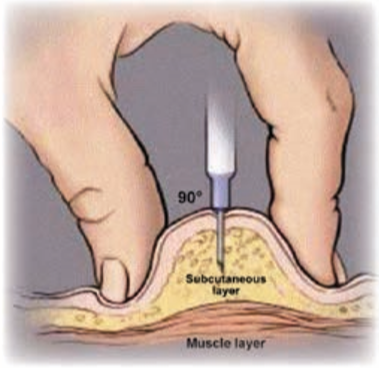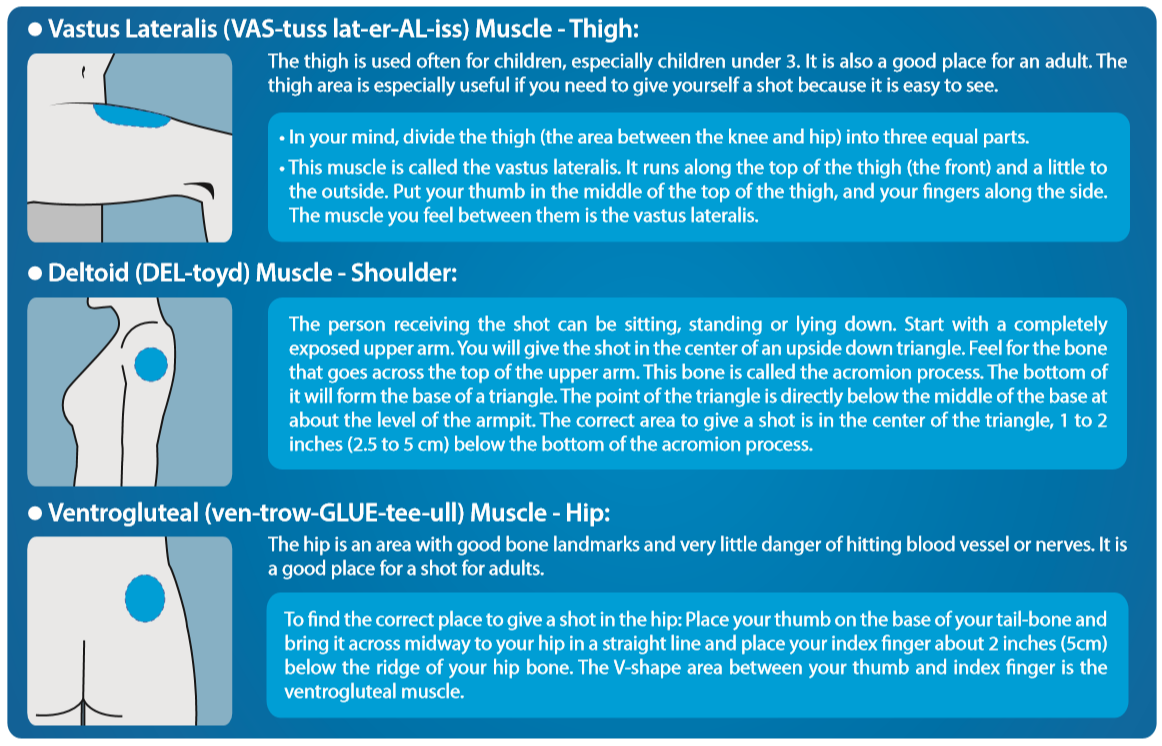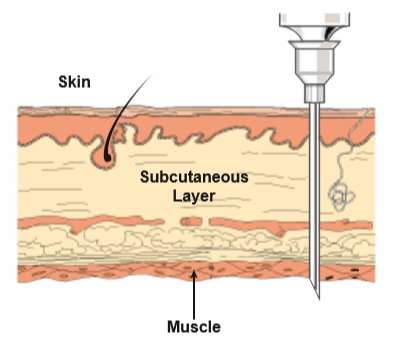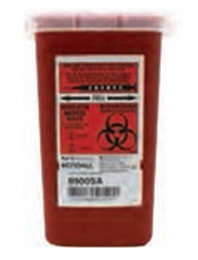Testosterone Enanthate 200mg/ml (Grapeseed, 5ml), Anazao
Testosterone is a sex hormone primarily found in males and functions to trigger the development of both primary and secondary sexual characteristics that occur during puberty. It is also found in females to a lesser amount and serves several important roles in the female physiological system.

Testosterone is a sex hormone primarily found in males and functions to trigger the development of both primary and secondary sexual characteristics that occur during puberty. It is also found in females to a lesser amount and serves several important roles in the female physiological system.
The effects of testosterone typically begin to manifest in the first few weeks of intra-uterine life. At about the seventh week of gestation within the uterus, the presence of the Y chromosome leads to the development of the primordial testes. Once developed, the primordial testes begin to produce testosterone and Mullerian Inhibiting Factor, which are essential for the differentiation of the fetus into a male rather than a female. The release of testosterone in the uterus leads to the development of the male primary physical characteristics such as epididymis, vas deferens, seminal vesicles, penis, prostate gland, and the descent of the testicles into the scrotum in the last months of fetal life.
During puberty in males, there is a significant surge in testosterone produced and released within the body. This increase in testosterone production is under the control of the hypothalamic-pituitary-gonadal axis. The hypothalamus releases Gonadotropin-releasing hormone (GnRH) in the brain, which then travels down to the anterior pituitary gland by means of the hypothalamic-hypophyseal portal system. In the anterior pituitary gland, GnRH causes the release of luteinizing hormone (LH) and follicle stimulating hormone (FSH). The released LH acts on the Leydig cells within the testes to increase the amount of testosterone produced. Once released, testosterone facilitates the development of secondary sexual characteristics in males, such as enlarged genitalia, increased libido, sperm production, deepening of the voice, and growth of male hair patterns on the body.
In addition to the development of male secondary sexual characteristics, testosterone also serves other essential functions within the body. Some of these functions include:
- Skeletal muscle: Testosterone has a hypertrophic and hyperplastic effect on the muscle fibers within the skeletal muscular system. There is a significant increase in muscle growth during puberty due to the hypertrophic effects of testosterone. In men experiencing muscle loss due to aging, testosterone administration has been shown to aid in reversing this condition.
- Bone: Testosterone has a significant impact on the development and maintenance of bone growth. It is converted to estradiol by means of the enzyme aromatase; estradiol minimizes the breakdown of bone by inhibiting the resorption of bone by osteoclasts. Additionally, testosterone is converted into dihydrotestosterone (DHT) by the enzyme 5-alpha reductase; DHT stimulates bone osteoblasts and the laying down of bone.
- Blood: Testosterone stimulates the production of red blood cells in males. This is one of the reasons that males generally tend to have higher red blood cell levels compared to females. The process by which testosterone stimulates red blood cell production is not yet fully understood and is undergoing research.
- Brain: Some studies have shown that testosterone levels in the body have an impact on the ability of males to reason and perform other higher mental functions. These studies indicate that most men suffering from hypogonadism due to low testosterone may experience some degree of memory impairment as well as impaired verbal and visual performance.
- Mood: Though also poorly understood, testosterone levels in the body have been shown to have an effect on the mood and behaviors in males. There is an association between hypogonadism in men and depressive moods. Research performed revealed an improvement in moods in men with hypogonadism after treatment with testosterone supplements.
Testosterone enanthate is an injectable testosterone supplement that is usually administered to treat low testosterone and other symptoms of hypogonadism in males. It is a slow-release oil-based ester that can be administered either intramuscularly or subcutaneously, depending on the health care provider's preference or the individual receiving the injection. It was first used clinically as a treatment of low testosterone in 1937, and its use by men has since then significantly increased in popularity.
| Pharmacy | Anazao |
|---|---|
| Instructions | Testosterone Cypionate 50mg/mL (Grapeseed Oil), 5mL Topics
Videos
Patient Instructions This compounded medication is packaged as a single 5mL vial. All testosterone types are suspended in USP oil. Testosterone cypionate in grapeseed oil is commonly preferred for subcutaneous injections due to low viscosity of grapeseed oil compared to other common oils. Grapeseed oil reportedly causes less irritation than commercial cottonseed oil. Testosterone cypionate and enanthate are the most common esters prescribed in the US. Both esters became available for use during the 1950s and have been the most popular options for injection therapy since. Both are similar in release and require a minimum of one injection per week to maintain serum testosterone levels. Cypionate and enanthate can be administered in more frequent subcutaneous injections (2-3 injections per week) which is preferred by some patients who want more stable levels with fewer peaks.Testosterone cypionate releases testosterone over 8 days with small amounts remaining for up to two weeks. Injections are usually administered every 3-4 days or every 7 days. What items do I need to give a shot?
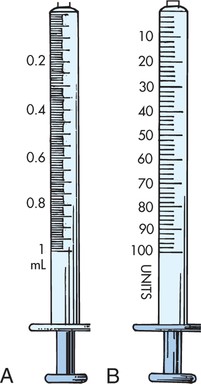
Subcutaneous shots can be given straight in at a 90-degree angle, or at a 45-degree angle. You can give the shot at a 90-degree angle if 2 inches of skin can be grasped between your thumb and first (index) finger. If only 1 inch of skin can be grasped, give the shot at a 45-degree angle
Where can I give a subcutaneous shot? There are many sites on the body that are safe to give Subcutaneous shots.
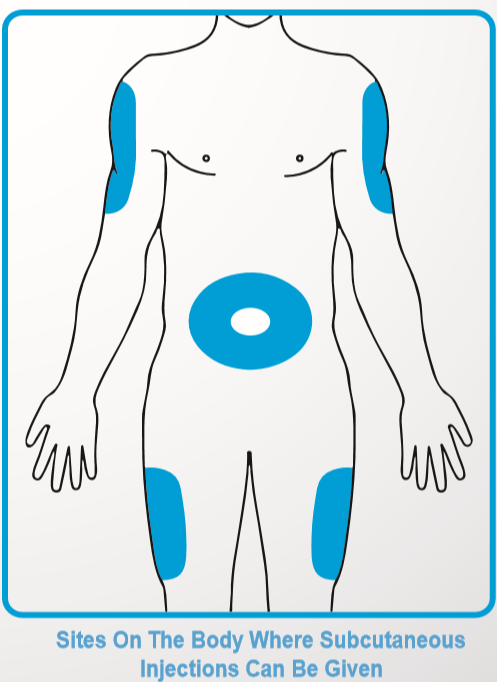 How do I inject medication into subcutaneous tissue?
Where can I give an intramuscular shot? The skin and the muscles under the skin cover nerves, blood vessels and bones. It is important to give a shot where you will not hurt any of these body parts. There are 6 possible areas, 3 on each side of the body, where an Intramuscular (IM) shot can be given. It is important to choose the correct area. If caregivers showed you what areas are safe, follow their directions. Constantly change the area where you give shots. If you give a shot in the same place every day or even every week, scar tissue can build up. The scar tissue can negatively affect how the medication will work. Following this information will help you choose the safest areas to give an intramuscular injection.
How do I choose the best muscle for the shot? If your caregivers have told you which muscle to use, follow their directions. Many change with age. For example, the rear-end area is never used for infants or children under 3-years old because it is not developed well enough. The deltoid may work well for a person with developed muscles in the upper body. The deltoid cannot be used if that area is very thin or underused. The muscle must be easy to reach. How do I inject medication into a muscle?
How do I dispose of used syringes and needles? You can purchase a Sharps Container, a hard-plastic container made for used syringes and needles, at your local pharmacy. If you did not purchase this container with your medication, you can use a hard-plastic container with a screw-on top such as a clothing softener or hard plastic detergent bottle. Be sure you can put both the syringe and the needle into the container easily. Whatever container you choose, be sure needles cannot break through the sides, bottom or top. Call your primary care physician or your local pharmacy to find out what your state or local requirements are for disposing of used syringes and needles.
DO NOT REFRIGERATE. Store Testosterone Cypionate at room temperature. Storage at low temperatures may result in the separation or “crystallization” of the testosterone within the solution. Injecting testosterone which has been separated may result in pain and swelling at the site of injection which may persist until the testosterone is completely absorbed from the site. If you reside in a state with seasonal low temperatures and we shipped your testosterone through mail; please be aware that separation may have occurred, although it may not be visible to you. To re-dissolve the testosterone: Place the vial into hot water for at least 5 minutes prior to injection and INJECT SLOWLY. You may boil water at a low temperature or use hot water directly from the faucet. Be careful not to touch the glass vial until it has cooled off after being placed in the hot water. This only needs to be done if the vial has been stored and/or exposed to low temperatures for a period of time, not prior to every injection if the vial is properly stored at room temperature. Reasons Why Patients Run Out of Testosterone Cypionate Early
Where does the unavoidable loss occur?
Compounding pharmacies intentionally overfill the injectable vials by as much as 1mL to compensate for unavoidable loss. What are the benefits of using a smaller syringe?
Please review proper drawing and administration techniques above as overdrawing just a small amount of testosterone at each injection has been shown to result in the loss of 1 milliliter or more per injection.
Testosterone is a controlled substance which is refillable 3 -7 days prior to being due, depending on the pharmacy. Defy Medical sends automated recall reminders to patients two weeks prior to their refill date for any medication (including controlled substances) to allow ample time for contact, order submission, provider review, pharmacy distribution, and shipment. Videos |

